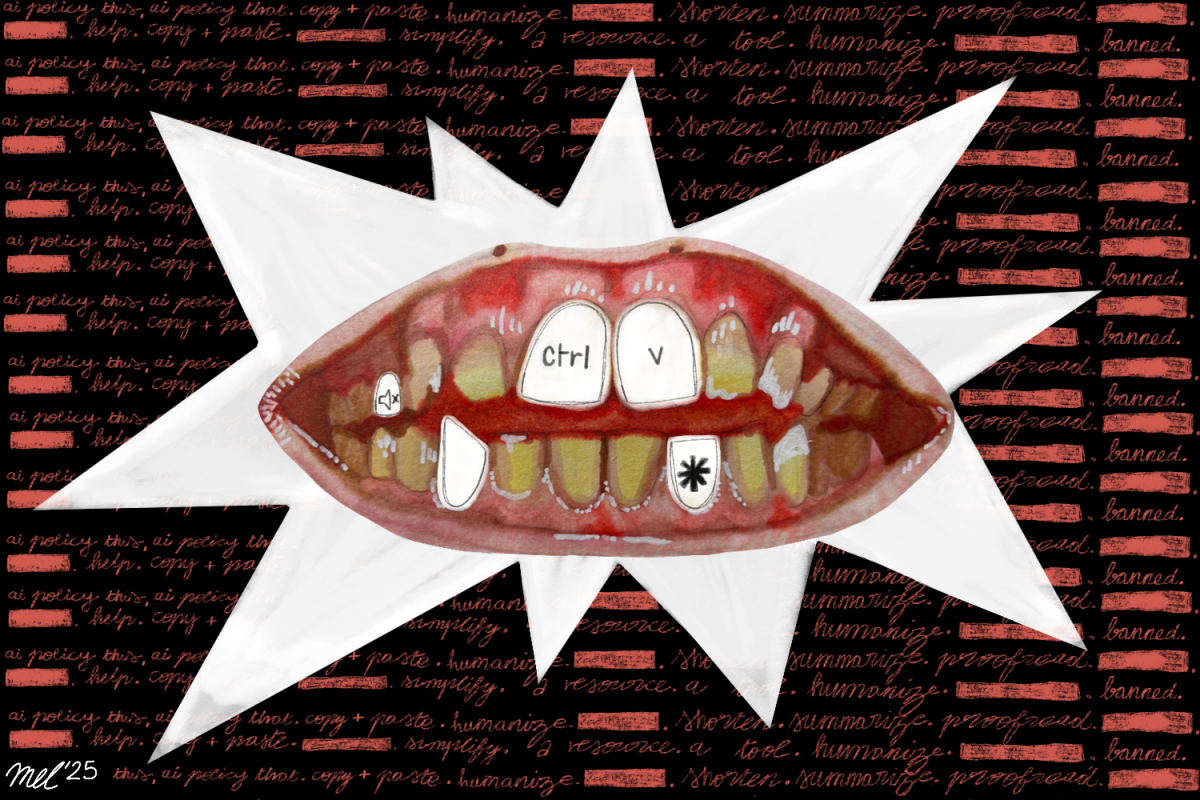The United States of America has enjoyed a long history of priding itself for its innovative technological and scientific domination. Indeed, the countless academic, scientific, industrial, mathematical, computational, biomedical and engineering breakthroughs have consistently positioned the United States at the forefront of human progress.
But most importantly, the people of the United States, and the world, have been able to reap the benefits of such spectacular innovations. And yet, in some instances it seems that the United States is ill-equipped to maintain that premier status of invention and its enjoyment for its citizens, particularly in the realm of biomedical sciences.
This past week, a successful fertility operation was performed in Mexico, not the United States, where doctors utilized the technique of “mitochondrial replacement therapy.” The procedure transfers intact DNA from the egg of a mother, who had mutated mitochondrial DNA, into the egg of a donor who possesses healthy, normal mitochondrial genetic material. The mother’s mutation was potentially incredibly dangerous for the child, considering it often leads children to inherit devastating health conditions. By removing the DNA from the donor egg, the transfer was seamless.
By applying this procedure, the doctors were able to in vitro fertilize the modified eggs and eventually conceive a child who was no longer at risk of inheriting devastating, debilitating mitochondrial-arising afflictions.
The Jordanian parents who underwent this procedure had two previous children that died within a year of birth due to inherited, lethal mitochondrial mutations. This procedure has the incredible demonstrated potential to diminish the occurrence of mitochondrial illnesses.
While this incredible scientific success may appear to be a recent breakthrough, the technology and theory has actually been around for at least a decade. A considerable portion of the research for this technique was actually performed at American institutions. And yet, this procedure is currently banned by the U.S. Congress, explaining why the Jordanian parents could not be operated upon within American jurisdiction. This cannot be a permissible regularity.
The delightful success of this long-standing medical procedure should at least provide the sincere encouragement for Congress to reconsult the growing scientific literature, as well as the expanding list of successful medical operations, to rethink its stance on the matter. However, a deeper understanding of the nuances of biomedical procedures is first necessary.
Under the current policy, Congress has banned funding for the use of various biomedical techniques intended to modify the human germline and produce genetically edited humans. Unfortunately, due to the general misunderstanding of lawmakers and regulators, this research regrettably encompasses mitochondrial replacement therapy.
Here, some critics might counter that Congress has placed a general hold on such procedures in the absence of a clear scientific consensus regarding the implementation of that technology, which is a sensible move. Last year, the International Summit on Human Gene Editing convened in Washington D.C., ultimately deciding and urging that there must exist a recognized, authoritative, international body of consensus before widespread clinical implementation of technologies such as the technology CRISPR, which stands for Clustered regularly interspaced short palindromic repeats. However, CRISPR is entirely different technology and should therefore be considered differently.
Regardless, however, the scientific consensus is equally clear that the procedure of mitochondrial replacement therapy does not actually constitute “genetic engineering” insofar as it comprises a direct tinkering with the parentally donated genetic material that directly determines the genetic traits of a child.
That is, mitochondrial genetic material is always inherited from the mother and is a separate entity from the maternal nuclear DNA. Its genetic expression is a distinct biological process from the inheritance and union of paternal and maternal nuclear DNA. Shoukhrat Mitalipov, director of Oregon Health and Science University’s Center for Embryonic Cell and Gene Therapy, wishes that policymakers would draw a clearer distinction between genetic enhancements and genetic corrections. By doing so, mitochondrial therapy can be directly applied to save lives and open incredible potential advances in the biomedical sciences.
It is a regrettable situation in the United States that the continued hesitance for embracing such powerful medical procedures comes at the expense of potentially saving lives. Each year, 1,000 to 4,000 American children are born with a mitochondrial disease. Granted of course, as was in this case, that some parents seek international help for their children — but not all. Arguments in favor of legalizing mitochondrial therapy point out the high expenses of international treatment and the logistical difficulty of the procedures. But more fundamentally, in a nation as scientifically advanced as the United States, it is imperative that we clarify, solidify and most importantly, inform our national stance on such amazing, life-saving methods.




















































































































